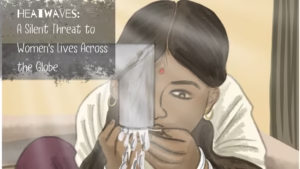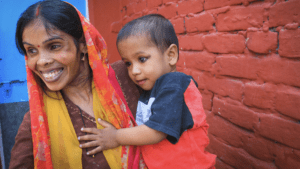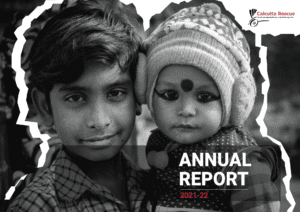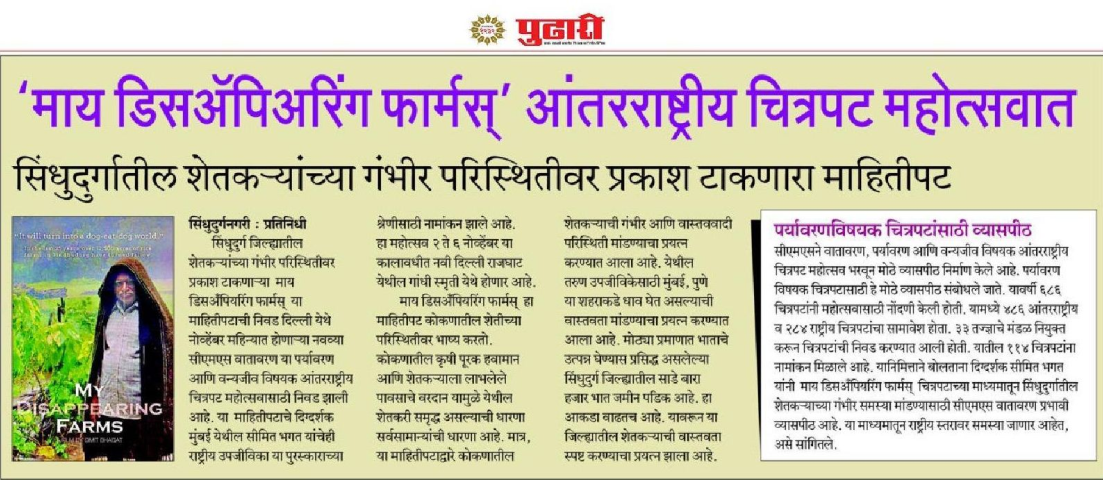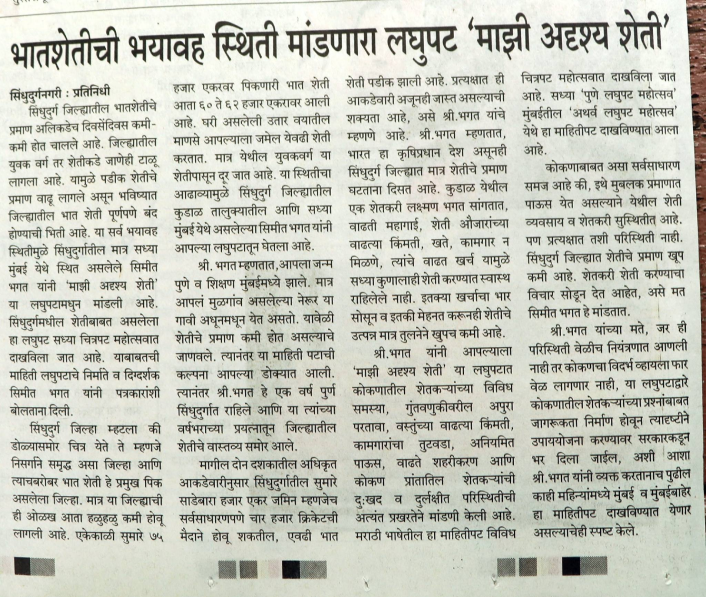It begins not with a picture, but with a voice.
“We had to migrate for work along with our children. Our yield was hardly enough for self-consumption. We sowed the seeds in the first rain. We only earned about forty thousand rupees a year from it.”
This is the sound of Palghar, a district in Maharashtra where the Warli community has lived close to the forest for generations. For years, survival meant rice cultivation and migration. Families left their villages to work in kilns and on construction sites, sending children to boarding schools while fields back home lay fallow.
Over the past decade, Lupin Human Welfare & Research Foundation (LHWRF), with support from National Bank for Agriculture and Rural Development (NABARD), has been working to change this story. Orchards, wells, farmer-producer organisations, and self-help groups have opened pathways for stability. And when LHWRF wanted to share this change, they realised some truths could not be captured in photographs alone. They needed to be heard.
Why an Audio Story
LHWRF had already decided to document its work in Palghar through a coffee table book. With support from NABARD, the book brought together textured design, bold photography, and impact stories that showed the scale and spirit of the interventions. It carried numbers, faces, and fields in a way that reports often cannot.
But as the team interviewed farmers for the book, another layer of storytelling emerged. The voices themselves, raw, unscripted, deeply personal, carried a weight that no text or image could hold alone. That is how the idea of an audio story took shape, as an add-on to the book.
The voices themselves, raw, unscripted, deeply personal, carried a weight that no text or image could hold alone.
In the audio, still portraits of farmers appear as their voices play, sometimes accompanied by glimpses of their fields and work. Their testimonies, about orchards, wells, self-help groups, and new incomes, bring LHWRF’s journey to life with intimacy and immediacy. For anyone listening, the impact is not just seen but felt.
Voices That Speak of Change
A farmer recalls how rice alone once forced his family to migrate. After planting mango and cashew, supported with wells and drip irrigation, he could finally stay home. “Now, from jasmine and cashews, I make fifty thousand rupees a year.”
Another speaks of water: “When our group asked for a well, they provided us with a well. We use it for our trees and vegetable farming. It also provides village people with drinking water.”
After planting mango and cashew, supported with wells and drip irrigation, I make fifty thousand rupees a year.
Women, too, tell of transformation. One recalls three months of sewing training and the moment trust was built when work and wages followed. Another describes her self-help group, where eleven women save together, take loans, and send children to school. “Till date we have saved forty-eight thousand. We had taken a loan of fifty thousand from the bank. We are slowly repaying that.”
In a farmer-producer organisation with over 500 members, men explain how eliminating the middleman has given them more power. From fertiliser to rice, everything sold is for the improvement of farming.




Photographs by Simit Bhagat | LUPIN Foundation
A Quiet but Powerful Record
The design is simple. Just the farmers, women, some narration, and their own words, set against a quiet score. What results is not an interview or a report, but a listening experience, one that carries the emotion of lives reclaimed.
The audio story carries the emotion of lives reclaimed.
For donors, partners, and communities, the audio serves as a complementary companion to the book. One shows faces and fields; the other carries voices and breaths. Together, they form a record that is visual, aural, and deeply human.
Passing On Futures
The story the audio carries is not only about crops or credit. It is about dignity. Farmers no longer leave their homes in search of work. Women sit in groups, confident in their savings. Children study without interruption. Orchards and wells have replaced the dust of migration with the fragrance of jasmine.
By recording these voices, LHWRF and NABARD did more than capture data. They held presence. And by doing so they ensured that the future of Palghar not only gets seen, but gets heard.
Let’s Keep the Story Going
At Simit Bhagat Studios, we believe stories like these are not just about impact, they are about dignity. If you work in development and want to explore how complex interventions can be told visually and aurally, our newsletter may interest you. We share reflections like these, design insights, and stories of change that honour both detail and humanity.

